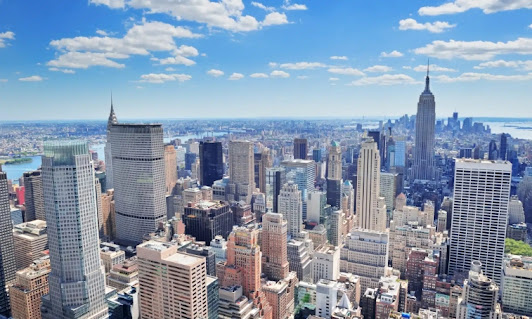Radiator Not Hot Enough? A Radiator Air Vent Could be your Solution.
Folks with steam radiator heating systems are quite used to the familiar sound of “hissing” that occurs as their radiator fills up with steam. To the uninitiated, the sound has led many a child to consider the possibilities of monsters in the closet, and others literally can’t sleep without the comforting sounds of their hissing radiator.
Whatever your predisposition, this radiator “breathing” is characteristic of a one-pipe steam boiler system where air is being released from the radiator. You may also find a variation of this radiator air valve in the supply lines of one-pipe systems and the supply and return lines of two-pipe steam boiler systems.
How does a Radiator Air Valve Work?
The radiator’s air valve, or radiator air vent or steam valve as it is sometimes called, is used only in one-pipe steam boiler systems. It is usually located at the end of the radiator opposite the supply pipe, about halfway up or higher towards the top. Many air vents are bullet-shaped, or others like the Heat-Timer Varivalve are cylindrical in shape, but they can be many different shapes and sizes. The air vent works completely independently (or should anyway). It has no knob, the knob on your radiator is for the steam control valve and works to completely shut off the feed to your radiator.When the steam boiler feeding your radiator is not in a heating cycle, the radiator air vent is open, allowing air to fill the radiator. During a heating cycle, steam flows up through the supply pipe to the radiator (assuming the main radiator valve is open). As the radiator fills with steam it pushes the air out through the open vent. This release of air pulls steam into the vent. The Radiator air valve is heat-sensitive, and ultimately the valve closes trapping the steam in the radiator to heat the radiator.
A Small but Incredibly Important part of an Effective Heating System.
The Radiator valve sits right on the radiator which sits right in the apartment of the tenant you are trying to keep warm. You could have the most modern, sophisticated and expensive heating system available, but if your $25 radiator valve is defective, your tenant may still freeze and call you in the middle of the night.That’s why Heat-Timer based its design on studies of the properties of single pipe steam air venting radiator and main line vents of all kinds from all different manufacturers before it created its Varivalve, the most advanced air valve available on the market today.
The purpose of the main line air vent is to rapidly vent the relatively large amount of air in the main lines. This allows the main line to fill more quickly and thus reduces the time difference of steam arrival at the different risers. A large orifice allows the air to be pushed out as a lower back pressure. The function of the radiator air vent is to provide a means for air to be driven out of the radiator as steam enters. At a given pressure, the fill time of a radiator varies proportional to its heat capacity and inversely proportional to the venting capacity of the radiator air vent. It is possible to control the speed at which a radiator will fill with steam by installing a radiator air vent with a certain venting capacity. Used in this manner, radiator air vents are helpful in evening out the heat distribution in a building. The results show that the larger the vent, the more quickly you can vent a system, which lowers operating pressure requirements.
Varivalve by Heat-Timer is the most Reliable, and Sophisticated Air Valve, Air Vent Solution Available.
Our valve is available in both straight and right angle versions.Features that make our valve industry leading include:
• Exclusive Fingertip Adjustment: Simply sliding a lever allows you to adjust the venting rate.
• Each Radiator Has Its Own Venting Speed: In hard to heat areas, the radiator VARIVALVES® can be adjusted for quicker venting. In overheated areas, the VARIVALVES® can be adjusted for slower venting. This allows steam to be evenly distributed in the system.
• Long Term Fuel Savings: Because Heat-Timer VARIVALVES® vent more quickly, it takes less time to fill your system with steam. By adjusting the venting to balance the system, there is no need to raise the steam pressure to reach under heated areas. Shorter boiler runtimes and lower pressure results in fuel savings.
• Replace Valves with VARIVALVES®: Using Heat-Timer adjustable vent rate VARIVALVES® throughout the system allows you to balance the heat to your requirements.
Heat-Timer® Varivalves are available from distributers across the country and on Amazon.com at VariValve.
Original content posted on https://www.heat-timer.com/radiator-not-hot-enough-a-radiator-air-vent-could-be-your-solution/






Comments
Post a Comment